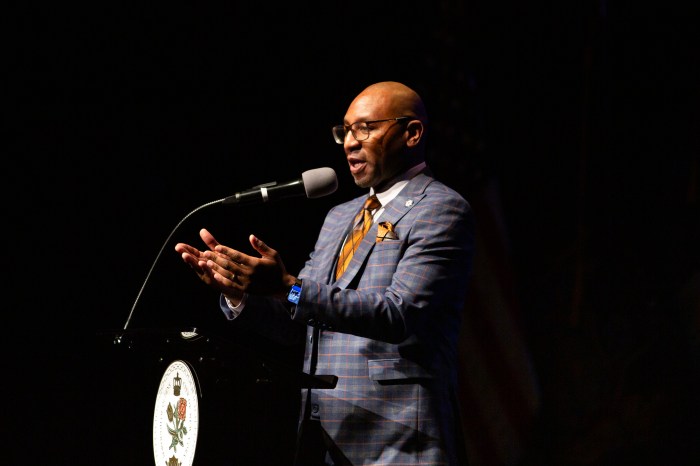Cringing at bumps, falls, trips and nudges is a common response among parents of young athletes. Seventy-two percent of parents of children ages 6 to 17 report that they are highly concerned about their child experiencing a head injury on the sports field, according to a recent survey conducted by NMI Research and DSM Nutritional Products, and their concern is not unwarranted. In fact, data indicates that emergency room visits of school-age athletes for serious injuries like concussions have significantly increased in recent years.
Parents should continue to encourage their children to get involved with youth sports, but they need to be aware that hard-hitting spills could have a lasting impact on their child’s brain health if not handled properly.
“I’ve worked with young and old athletes who are experiencing the lasting effects of head trauma during sports,” says Dr. Julian Bailes, a neurosurgeon and sports medicine expert who has worked with professional and college athletes for more than two decades. “In many cases, their parents or coaches were eager to get them back in the game because they didn’t show signs of an injury. Through research, we’re finding that even minor repeated head injuries can cause long-term effects on brain function.”
Every parent on the sidelines should be aware of the signs that a more serious injury may have occurred. A father of five children and former athlete himself, Bailes recommends that parents educate themselves about sports safety.
“There are things parents can do to help protect their children from sports-related injuries, from selecting the right protective gear to working with coaches and leagues to build awareness around recognizing and treating head injuries,” says Bailes. “And we’re learning more every day. For example, recent pre-clinical studies have looked at the use of DHA omega-3 as a nutrient to help reduce the impact of traumatic brain injury.”
Tip No. 1: Know the signs. Not all concussions involve a loss of consciousness. In fact, most people who have concussions never black out. Some indicators that a child may have a concussion and needs to see a doctor include headaches, listlessness, irritability, changes in sleeping, eating, school performance or play behaviors, and loss of balance or unsteady walking.
Tip No. 2: Limit exposure in practice. As a parent you can encourage coaches to have lighter practice days, focused on agility versus full-on player contact.
Tip No. 3:-Play it safe and slow. Less than half of parents rely on a medical professional to examine their child to determine if they should return to play after a head injury, according to the survey. Don’t take any chances. If your child experiences head trauma or you suspect a concussion during practice or in a game, seek medical attention immediately. And don’t be too eager to get them back in the game – wait until you get the go ahead from a doctor.
Tip No. 4:-Be smart about nutrition. Important for brain development and function throughout the lifecycle, DHA is a structural fat in the brain that is particularly important-during early childhood when the brain is in a rapid period of growth and development. Look for foods rich in DHA, like fatty fish, foods and beverages fortified with a vegetarian and sustainable algal source of DHA, or algal DHA supplements.
Tip No. 5: Take a lead from the pros. Stay up to date on the latest regulations and new equipment that is imposed by professional and collegiate teams. Many times, what happens at the professional or collegiate level will trickle down to youth sports.
“Sports are an important and healthy part of childhood, but being an athlete is not without risks,” says Dr. Bailes. “It only takes one poor or uninformed choice for a game to turn from fun to tragedy. Every parent, coach and child should be educated on how to recognize and handle head injuries during sports.”


































